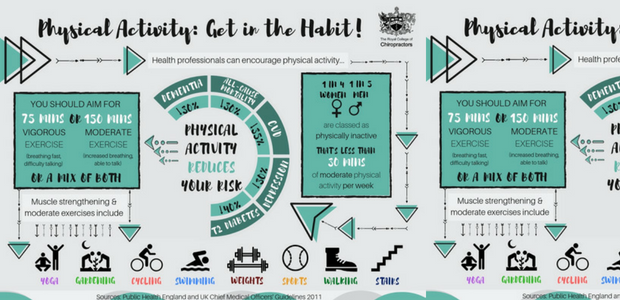Just When You Assume Relief Is Near, Soft Tissue Therapy Exposes Its Uneasy Facts-- Uncover Why The Procedure Can Be Agonizing Yet Advantageous
Just When You Assume Relief Is Near, Soft Tissue Therapy Exposes Its Uneasy Facts-- Uncover Why The Procedure Can Be Agonizing Yet Advantageous
Blog Article
Post By-Huffman Thuesen
When you undertake soft Tissue treatment, you might find it surprisingly uneasy. This pain occurs as stress is put on stressful muscle mass and broken tissues, triggering your discomfort receptors. While it can really feel traumatic in the moment, there's a factor behind this sensation. Recognizing what takes place in your body during these treatments can help you value the process. So, just what is going on beneath the surface area?
The Physiology of Pain During Soft Tissue Treatment
When you undergo soft Tissue therapy, your body's action to discomfort is a complicated interaction of physical procedures. As the specialist applies pressure, your body turns on discomfort receptors, sending out signals to your mind. This sets off the launch of natural chemicals, such as compound P and glutamate, which intensify the sensation of pain.
Your muscle mass may also tense up in feedback, additional making complex the experience. On top of that, your body may launch endorphins, all-natural painkillers that can assist ease some pain.
The interaction in between these procedures can develop an unique experience for each individual. Recognizing this physical reaction aids you navigate the experiences during therapy, permitting you to appreciate the balance in between pain and the potential for recovery advantages.
The Duty of Pain in the Recovery Process
Although pain throughout soft Tissue treatment can feel overwhelming, it plays a critical role in the recovery procedure. When you experience pain, your body is signaling that it's working to repair broken cells. This feedback helps enhance blood flow to the damaged location, supplying essential nutrients and oxygen required for recovery.
Additionally, discomfort can advertise the launch of endorphins, your body's all-natural pain relievers, developing a sense of relief post-treatment. Embracing coenzyme q10 fda can help you comprehend your body's restrictions and encourage you to deal with underlying concerns.
While it's uneasy currently, this process is important for long-lasting recuperation and improved function. Recognizing pain as an important part of recovery can encourage you to remain committed to your treatment.
Tips for Taking Care Of Pain During and After Treatment
Handling discomfort during and after soft Tissue treatment can significantly enhance your overall experience and recovery.
To start, communicate openly with your specialist about your pain degrees; they can adjust methods accordingly. Using deep breathing strategies can also help you kick back and ease discomfort.
Consider using ice to the cured location post-session to minimize inflammation and numb pain. Staying hydrated help in the recuperation process, so consume lots of water.
Mild extending and light activity after therapy can advertise blood circulation and ease rigidity. Last but not least, ensure you obtain ample rest to enable your body to recover.
Implementing these suggestions can make your soft Tissue treatment extra workable and pleasurable.
Conclusion
To conclude, while soft Tissue treatment can be awkward, it's important to recognize that this discomfort plays a crucial duty in your healing journey. By understanding https://www.google.com/maps/place/Return+to+Play+Institute,+LLC+(Miami)/@25.726017,-80.26406,17z/data=!3m1!4b1!4m6!3m5!1s0x88d9b7b4207e8303:0xb1493a6e0d5a272b!8m2!3d25.726017!4d-80.26406!16s%2Fg%2F11lf8185yp?hl=en&entry=ttu&g_ep=EgoyMDI0MTAwOS4wIKXMDSoASAFQAw%3D%3D at play, you can approach the treatment with an extra favorable way of thinking. Remember, the preliminary pain frequently paves the way to alleviation as your body launches endorphins. Accept the process, and do not wait to use the ideas for taking care of pain to boost your experience and healing.
